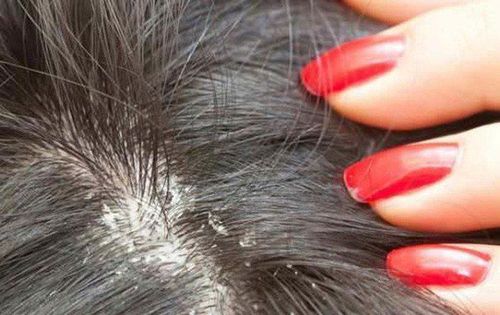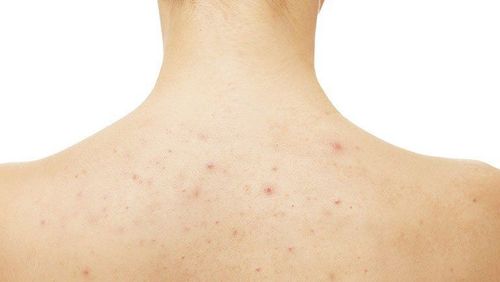Oily skin is the result of excessive sebum production. Sebum is a lipid that serves to protect and moisturize the skin. However, excessive sebaceous secretion can lead to pore blockages and the development of acne. Thus, the management and treatment of oily skin is critically important.
1. Causes of Oily Skin
Oily skin is one of the most common skin types, affecting both genders and often exacerbating during adolescence.
The overproduction of sebum, often associated with enlarged pores, results in a shiny appearance, compromising aesthetic qualities. Additionally, oily skin is a contributing factor to the development of acne.
Increased oil secretion from sebaceous glands may be attributed to several factors, such as:
- Hormones: Hormonal fluctuations due to puberty, pregnancy, menopause, or oral contraceptive use can lead to an increase in sebum production on the skin.
- Stress: Under stress, the body elevates cortisol levels, which stimulates sebaceous glands to produce more oil.
- Weather: Climatic conditions can significantly influence the quantity of oil produced by sebaceous glands. Humid and hot weather during summer months stimulates excessive sebum production. Conversely, dry weather can also result in oily skin.
- Diet: An imbalanced diet rich in high glycemic index foods such as soda, sugar, refined flour, and processed foods can lead to insulin resistance, further enhancing sebum production.
- Cleansing: Insufficient or excessive cleansing of the skin is a factor that may stimulate increased oil production.
- Genetics: Hereditary factors may predispose individuals to oily skin.
Oily skin is characterized by excessive sebum production, prominently observed in the T-zone of the face (forehead, nose, chin). It often manifests with certain signs such as: an oily face leading to a shiny appearance, acne, blackheads due to clogged pores from sebum, enlarged pores, and thick, rough skin.

2. Home Remedies for Oily Skin Care
2.1. Cleansing
This may seem apparent, but individuals with oily skin should not wash their face excessively throughout the day. For oily skin, it is advisable to wash the face twice daily. Additionally, one should avoid soaps or harsh cleansers. Instead, gentle cleansing agents such as glycerin soap are recommended.

2.2. Oil Blotting Sheets
Thin, absorbent oil blotting sheets can prevent sebaceous glands from becoming overloaded, while effectively absorbing excess oil from the face, reducing shine.
Oil blotting sheets are relatively inexpensive and readily available. They should be used as needed throughout the day.
2.3. Honey
Honey is one of the most favored remedies for skin care. Due to its antibacterial and antiseptic properties, it can be beneficial for oily skin and acne-prone skin.
Additionally, honey serves as a natural humectant, addressing the hydration deficiency commonly found in oily skin without causing greasiness.
To utilize honey for treating acne and oily skin, apply a thin layer of honey onto the face, allow it to dry for approximately 10 minutes, and then rinse thoroughly with warm water.

2.4. Clay
Clay is utilized to absorb excess oil from the skin and treat skin conditions. French green clay is a popular treatment for oily skin and acne due to its high absorbent capabilities. French green clay is typically available in powdered form.
To create a spa-quality French green clay mask, combine water or rosewater with approximately one teaspoon of clay until a consistent mixture forms. Apply the clay mixture to the face and allow it to dry. Subsequently, remove the clay using warm water and pat dry.
2.5. Oatmeal
Oatmeal helps to soothe inflamed skin and absorb excess oil. Furthermore, it acts as a natural exfoliant. When using oatmeal as a facial mask, finely ground oatmeal can be combined with yogurt, honey, or pureed fruits (such as banana, apple, or papaya).
The method of applying oatmeal is as follows:
- Combine 1/2 cup of oatmeal with hot water to create a thick mixture.
- Stir one tablespoon of honey into this mixture.
- Apply and massage the oatmeal mixture onto your face for about three minutes.
- Rinse with warm water and pat dry.
An alternative method involves applying the oatmeal mixture onto the face and allowing it to sit for 10 to 15 minutes. Afterward, rinse clean with warm water and pat dry.
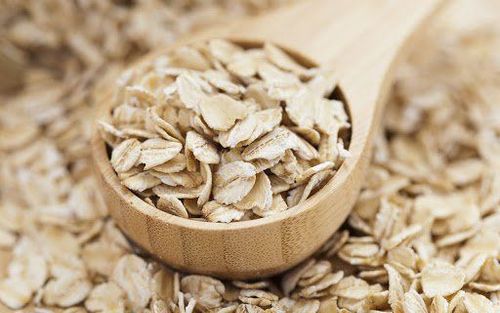
2.6. Egg White and Lemon
Egg white and lemon represent a traditional remedy commonly applied to oily skin. Both components possess the capability to aid in pore tightening. The citric acid present in lemon serves to absorb excess oil. Previous studies have indicated that lemon exhibits notable antibacterial properties. However, this remedy may not be the optimal choice as it has the potential to induce irritation in individuals with egg allergies.
Method for Utilizing Egg White and Lemon Mask:
- Combine one egg white with one teaspoon of freshly squeezed lemon juice to form a homogeneous mixture.
- Apply and gently massage this mixture onto your face, and wait until the mask dries.
- Rinse thoroughly with warm water and pat dry.
2.7. Almond
Ground almonds not only function as an exfoliant for the skin but also assist in eliminating excess oil and impurities.
Method for Utilizing Almond:
- Grind almonds into a fine powder and measure out three teaspoons for the mask mixture.
- Add two tablespoons of honey to the ground almonds.
- Gently apply and massage the almond-honey mixture onto your face in a circular motion.
- Rinse thoroughly with warm water and pat dry.
Alternatively, one may prepare an almond mask by first grinding it into a paste before incorporating honey. Subsequently, apply this mixture to the face while massaging to facilitate nutrient absorption. Leave the mask on the face for approximately 10 to 15 minutes. Finally, cleanse with warm water and pat dry. In cases of nut allergies, this mixture should be avoided for skin care purposes.
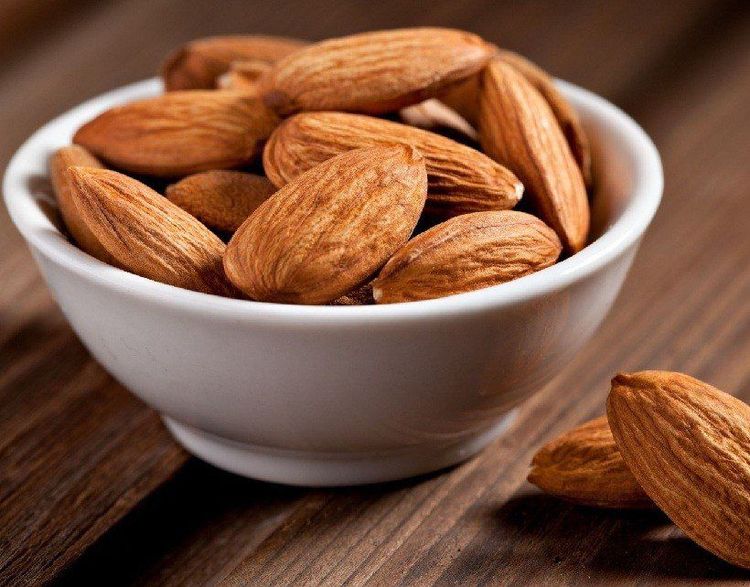
2.8. Aloe Vera
Aloe vera is recognized for its effectiveness in treating minor burns and other skin conditions. According to the Mayo Clinic, there is substantial scientific evidence supporting the utility of aloe vera in managing flaky skin associated with oily dermatosis. Aloe vera is widely utilized for oily skin treatment.
Method for Utilizing Aloe Vera:
One may apply a thin layer of aloe vera to the face before sleeping and leave it on until morning. However, it is known to potentially cause allergic reactions on the skin. Therefore, if you have not previously used aloe vera, it is advisable to first test a small amount on your forearm. If no allergic reaction occurs within 24 to 48 hours, it may be considered safe for your skin.
2.9. Tomato
Tomatoes contain natural salicylic acid, a popular home remedy for acne treatment. The acids found in tomatoes can assist in absorbing excess oil from the skin and unclogging pores.
Method for Utilizing Tomato Mask for Oily Skin:
- Combine one teaspoon of sugar with the flesh of a tomato to create a mask mixture.
- Gently apply and massage this mixture onto your face in a circular motion.
- Allow the mask to sit for 5 minutes.
- Rinse thoroughly with warm water and pat dry.
Additionally, you may apply slices of tomato directly onto your face for approximately 10 to 15 minutes before rinsing with warm water and patting dry.
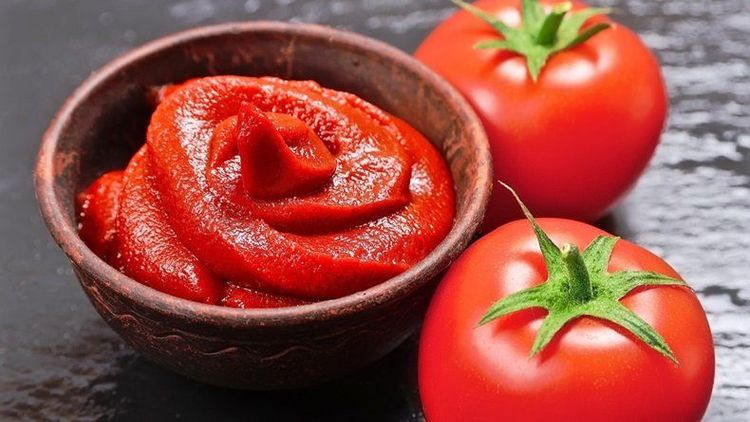
2.10. Jojoba Oil
Although the concept of applying oil to the skin may seem counterintuitive, jojoba oil serves as a traditional remedy for treating oily skin, acne, and other dermatological issues.
Most individuals believe that jojoba oil mimics the sebum produced by the skin, thereby tricking the sebaceous glands into reducing oil production, which helps maintain balanced oil levels on the skin. However, currently, there is no scientific research substantiating this hypothesis.
Conversely, a 2012 study suggested that applying a mask formulated with clay and jojoba oil two to three times a week may facilitate the healing of skin lesions and mild acne.
It is advised to use only a minimal amount of jojoba oil on the facial skin, as excessive use may adversely affect skin health. Prior to utilizing jojoba oil as a remedy for oily skin, it is prudent to test a few drops through a massage to assess potential allergic reactions.
3. Preventive Measures for Oily Skin
When oily skin is attributed to genetic factors or hormonal triggers, it can be challenging to prevent. Practicing appropriate skin care and avoiding unhealthy food, such as fried foods, high-sugar foods, and processed foods, can contribute to skin improvement.
Typically, individuals with blemished skin may use cosmetics for enhancement; however, improper use may exacerbate skin conditions, particularly for oily skin. In such instances, selecting non-comedogenic products that are water-based and less likely to clog pores is advisable.
Should you require consultation and examination at healthcare facilities across the national healthcare system, please schedule an appointment via the website for assistance.
Source: healthline.com
To arrange an appointment, please call HOTLINE or make your reservation directly HERE. You may also download the MyVinmec app to schedule appointments faster and manage your reservations more conveniently.
